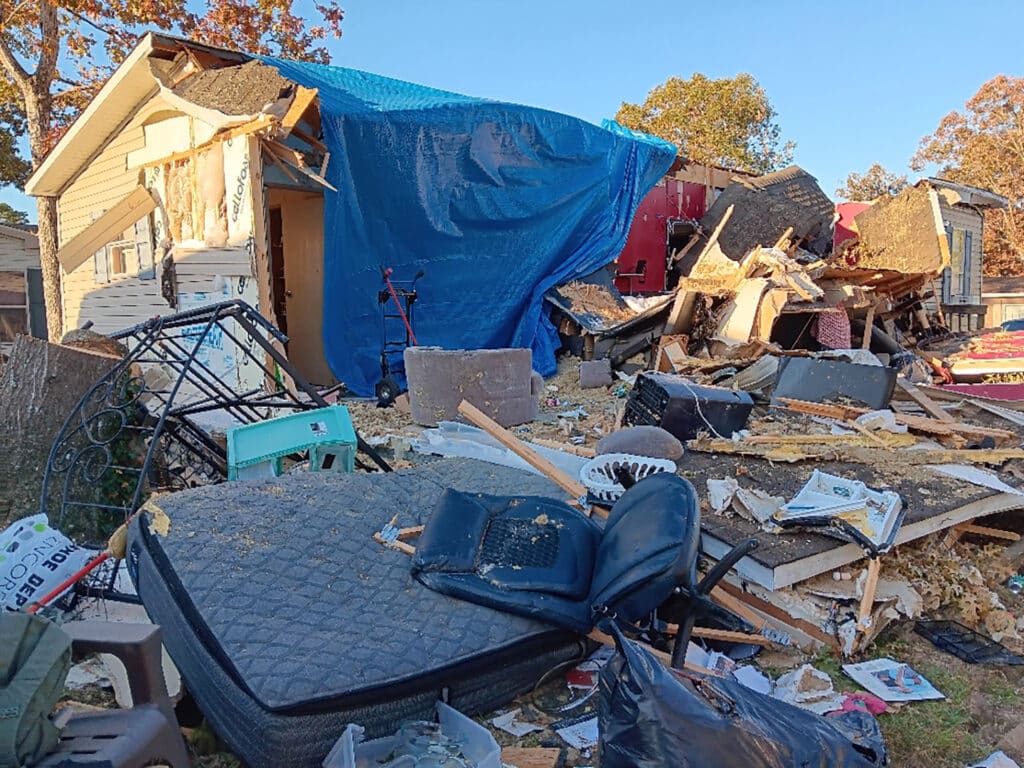
“How does a Baptist church engage, evangelize and plant churches among those people groups?” Coy asked.
The answer, Coy said, involves awareness of the changing demographics in many Texas cities, engaging new people groups with a missionary mindset, transforming them through relational evangelism, and modeling the process for other churches to do the same.
That four-step model is the template for the People Group Champions Project, an SBTC endeavor that has moved from a pilot program involving just a couple of churches to the implementation stage, which Coy hopes will flourish as churches catch a vision for reaching Muslims, Hindus, and Buddhists in their communities.
The reason for emphasizing evangelization of these three groups is that they, like evangelical Christians, are involved in proselytizing, and the window of opportunity for gospel work among them is often as they are assimilating into their new culture, Coy said.
“They may not be numerically large in Texas,” Coy explained, “but they are growing very fast. Also, we need to counter the missionary strategy of those groups, especially Muslims.”
Chad Vandiver, the church planting specialist for the People Group Champions Project and a consultant to the SBTC missions department, is conducting the training for churches interested in pursuing outreach to these people groups. Vandiver grew up on the mission field in Paris and in West Africa, playing with Muslim friends and sharing Christ with them from an early age.
Later, as a Southern Baptist missionary in Madrid, Spain, his experience with Muslims led to his teaching English in the largest mosque there, he said.
“As immigrants move in droves to Texas, it’s practically becoming a foreign mission field,” Vandiver said. “There are whole communities in Texas that have developed around a new religious or ethnic group, which has caused a need for churches to become strategically minded in how to reach these new neighbors with the hope of Jesus.”
What is surprising to many people, Vandiver said, is the movement of Muslims into rural communities, such as Royce City, where about 800 of them now live. Sizable Muslim communities exist in Irving, McKinney, and Sherman as well.
One reason for a drift to rural towns is that “real estate is cheaper for one thing and there is opportunity for them to develop a community,” Vandiver said.
When Jerry Jewell began noticing an Islamic community center on his drive from Copperas Cove to Killeen, he remembered a question Vandiver posed to him in an earlier meeting: “What about Muslims in your community?”
“I told Chad about it and he said, ‘Why don’t we go over there?’ We went over with some New Testaments and introduced ourselves. We tried to take the imam to lunch. But they invited me to go to lunch with them. I went over and ate with them several times. I ended up visiting their worship service. While I was listening to the imam talk, he said the Koran came down from Heaven to Mohammad just like he gave the Old Testament to Moses and the New Testament to Jesus.”
Afterwards, one of the Muslim men remarked that if God gave a New Testament, the old one must not have been any good. Jewell remarked to him that in the Old Testament, “God tells us he’s going to give out a new covenant.”
On another visit, Jewell was able to have a discussion about Heaven with a man from Pakistan. In the meantime, Jewell said he is trying to develop awareness among his flock of 50 or so members that a foreign mission field exists among them.
“Culturally, this is still Texas, but demographically it’s the world,” Jewell said.
Vandiver said, “With Muslims, like never before, the Lord is opening doors for us to share Christ with them.”
Coy said estimates of the number of Muslims in Texas, for example, range from 350,000 to 500,000, with Hindus and Buddhists not far behind.
By 2015, Islam could be the second-largest American religion, surpassing Judaism, although by some estimates it has already eclipsed Judaism, said Tiffany Smith, SBTC missions mobilization associate. Smith said globalization has increased religious diversity in the West.
“It fundamentally changes the contexts in which we minister, the way people and cultures perceive each other, how people think, and the means available to spread the gospel,” she said during a global missions seminar at the SBTC Church Planters’ Retreat in February.
“God loves the nations, and as Christians, we are to have the same love for the nations,” Smith said.
Coy said churches involved in the People Group Champions Project are trained in four segments, the first of which involves identifying and embracing a people group in their city, learning about and praying for that group, and prayer walking in the area where the group lives, works and worships.
The end goal is starting a church planting movement among a given people group, he said.
“This endeavor has been well-received thus far,” Coy said. “It’s just a matter of more churches being trained and implementing the strategy for reaching these people groups in their communities.”
For more information on the People Group Champions Project, visit sbtexas.com/missions or contact Chad Vandiver at 817-584-8164 or by e-mail at cvandiver@sbtexas.com.














